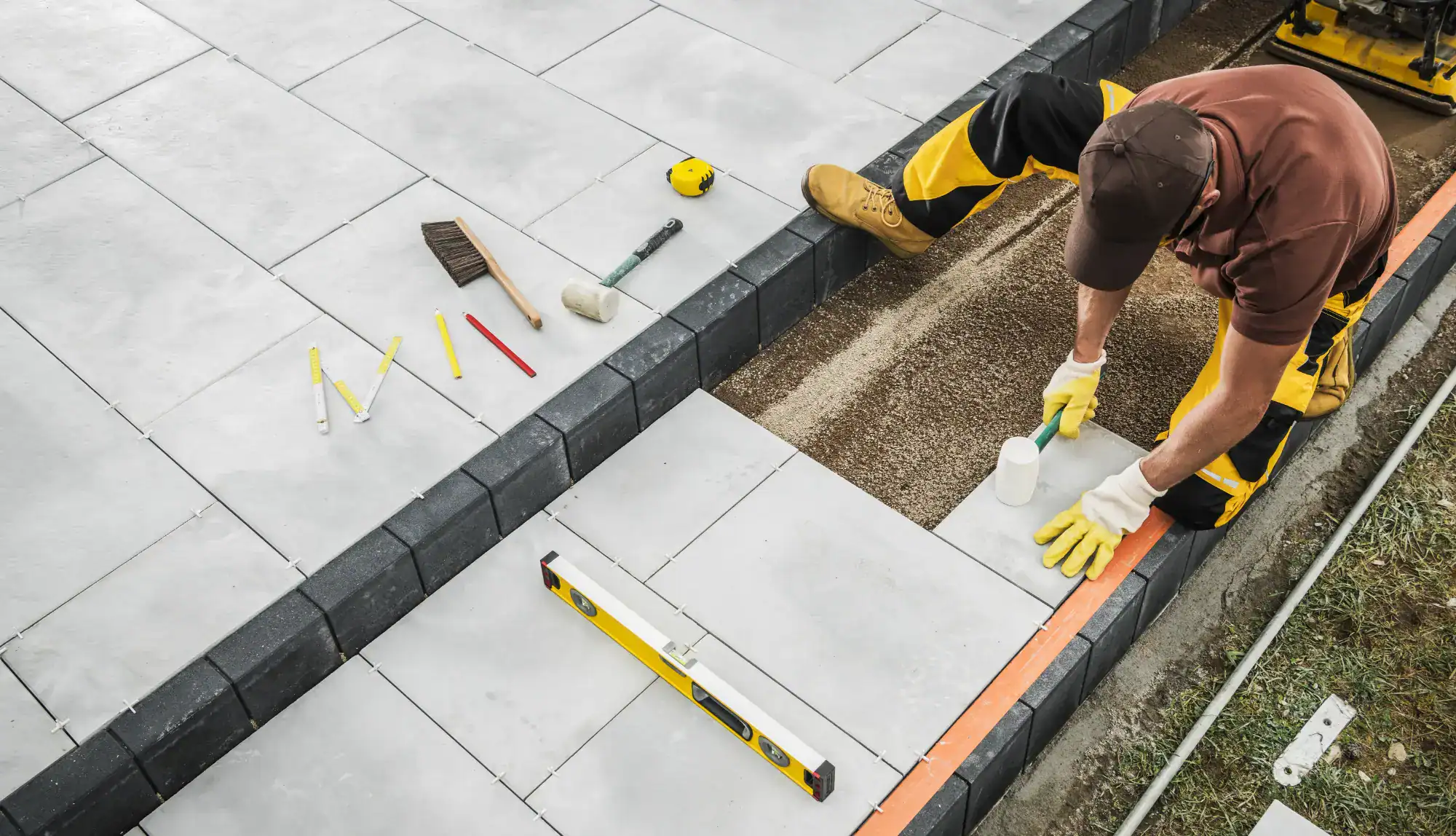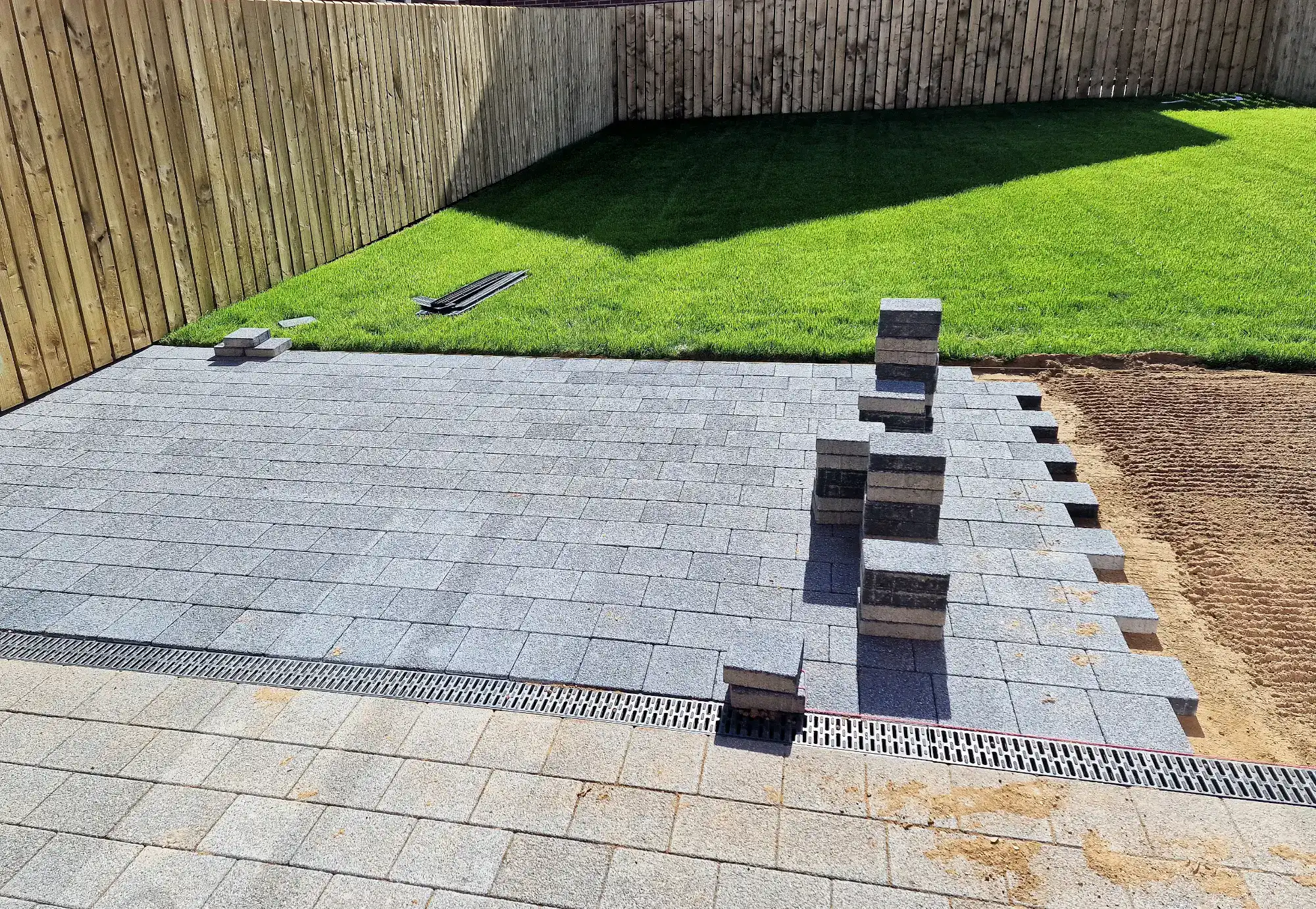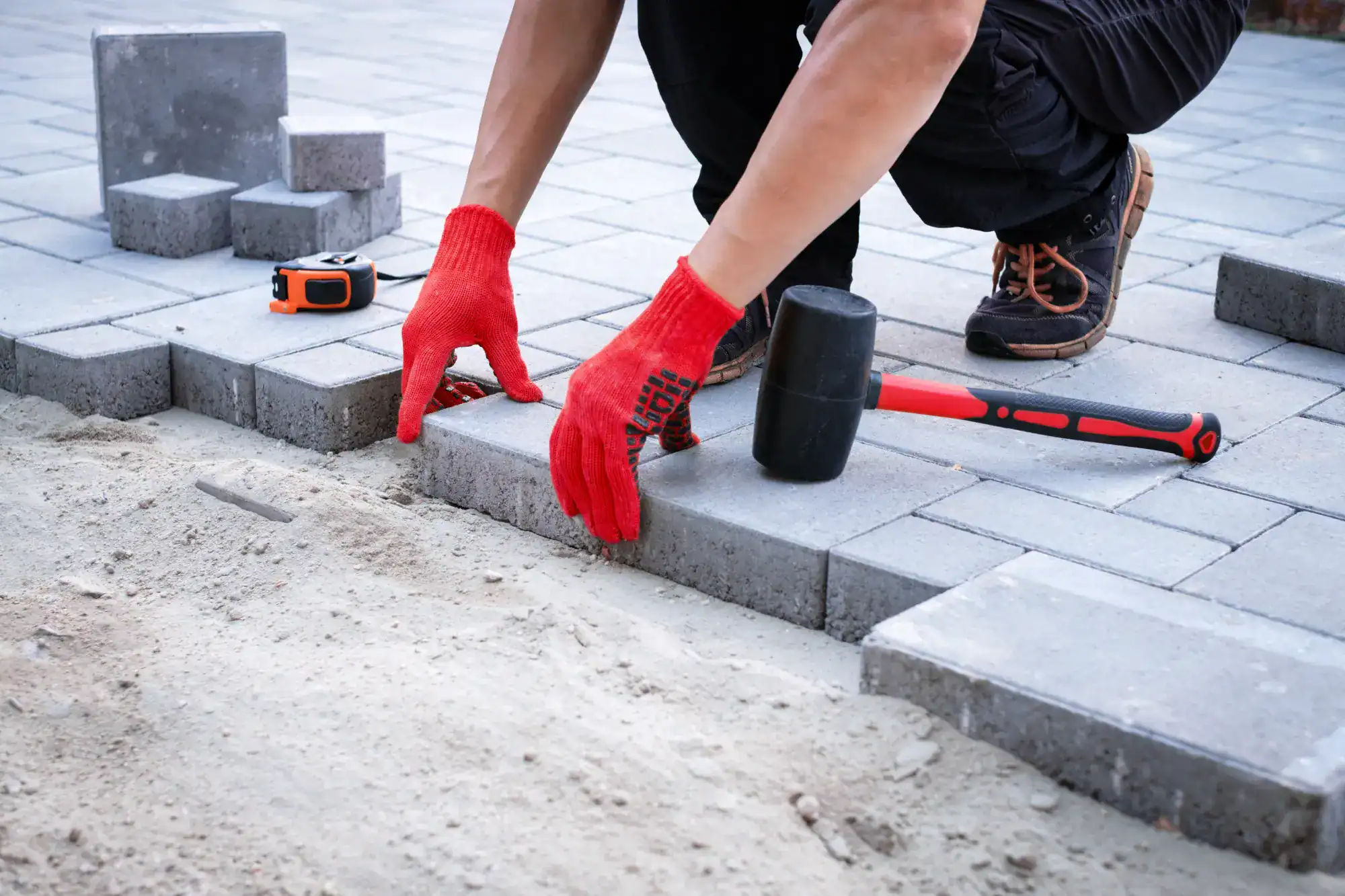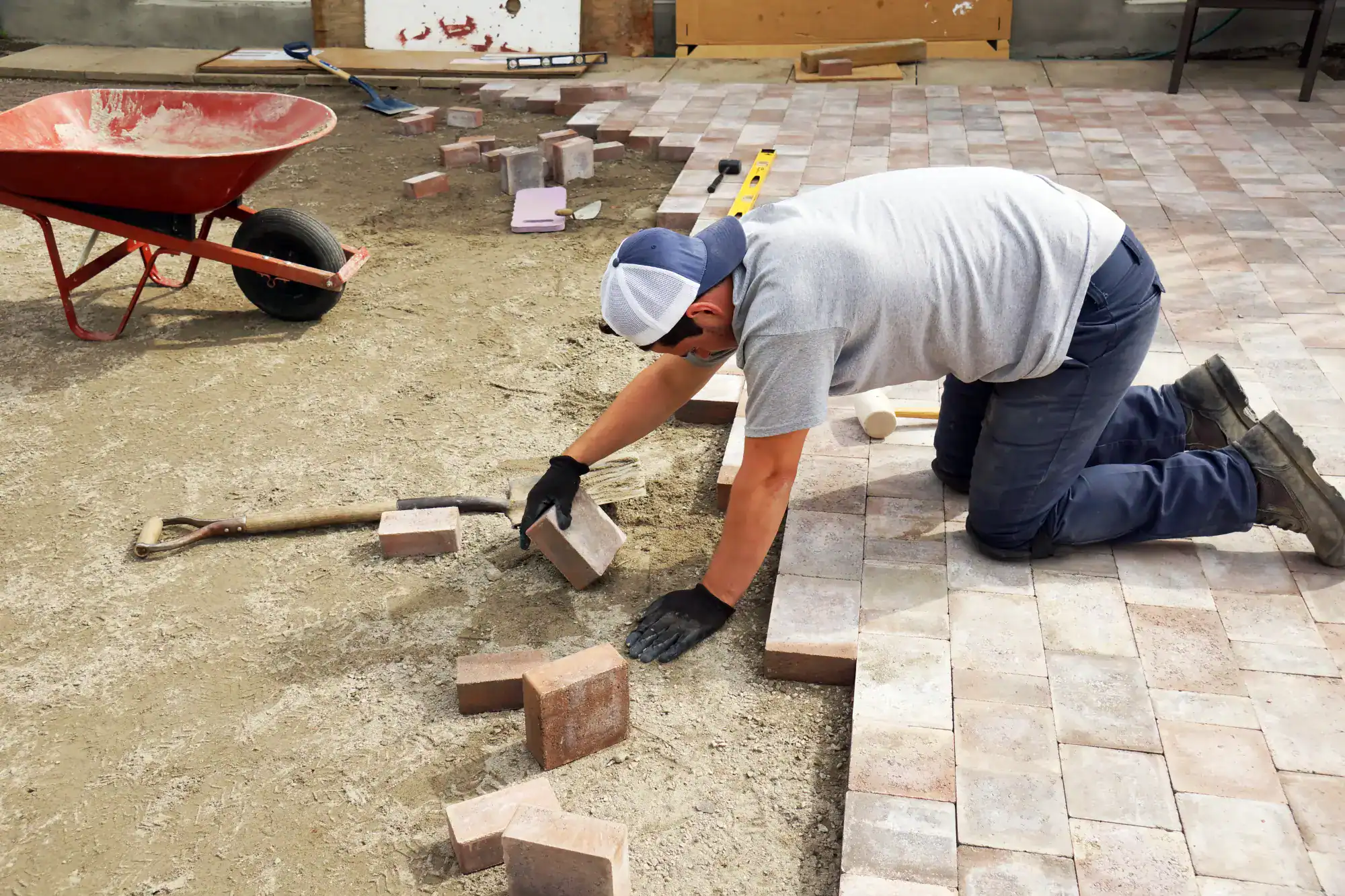Quality paver installation that enhances your property value and creates the outdoor living space you’ve always wanted.

Hear from Our Customers

Your new paver patio becomes the centerpiece of your outdoor living space. No more dealing with cracked concrete or uneven surfaces that collect water and debris.
Instead, you get a level, properly installed paver system that drains correctly and stays beautiful for years. The polymeric sand between pavers prevents weeds from taking root, so you spend less time maintaining and more time enjoying your outdoor space.
When installed correctly with proper base preparation, your pavers can handle Long Island’s freeze-thaw cycles without shifting or cracking. That means fewer repairs and more value from your investment.
We’ve been serving Lido Beach homeowners with professional paver installation and masonry services. We understand the unique challenges of coastal Long Island properties, from salt air exposure to sandy soil conditions.
Our team knows which materials work best in this environment and how to properly prepare foundations that won’t shift over time. We’ve helped countless Lido Beach residents transform their outdoor spaces into functional, beautiful areas perfect for entertaining.
Every project starts with understanding your specific needs and property conditions. We’re not just installers – we’re problem solvers who make sure your investment delivers the results you want.

We start with a site evaluation to assess your existing conditions and discuss your vision. This includes measuring the area, checking drainage, and identifying any potential challenges.
Next comes excavation and base preparation – the most critical step that many contractors rush through. We excavate to proper depth, install a compacted gravel base, and ensure proper grading for drainage. This foundation work determines how long your pavers will last.
Then we install the pavers according to your chosen pattern, cutting edge pieces to fit perfectly. Finally, we sweep polymeric sand into the joints and compact everything to create a solid, unified surface. The entire process typically takes 2-3 days depending on the project size.

Ready to get started?
Your paver installation includes complete site preparation, from excavation to final cleanup. We handle all the details: proper base materials, edge restraints, and professional-grade polymeric sand that keeps everything locked in place.
Lido Beach properties often deal with sandy soil and drainage challenges. We address these issues upfront with proper base preparation and grading to ensure your pavers stay level and stable. Our installations are designed to handle the coastal environment’s unique demands.
You also get a detailed explanation of maintenance requirements and a warranty on our workmanship. We use only quality materials from trusted suppliers, and our installations meet industry standards for longevity and performance.

Ready to Fix That Masonry for Good?
Let’s talk about your project. No pressure, just honest answers and a quote you can count on from Nassau County’s trusted masonry professionals.

Company
Links